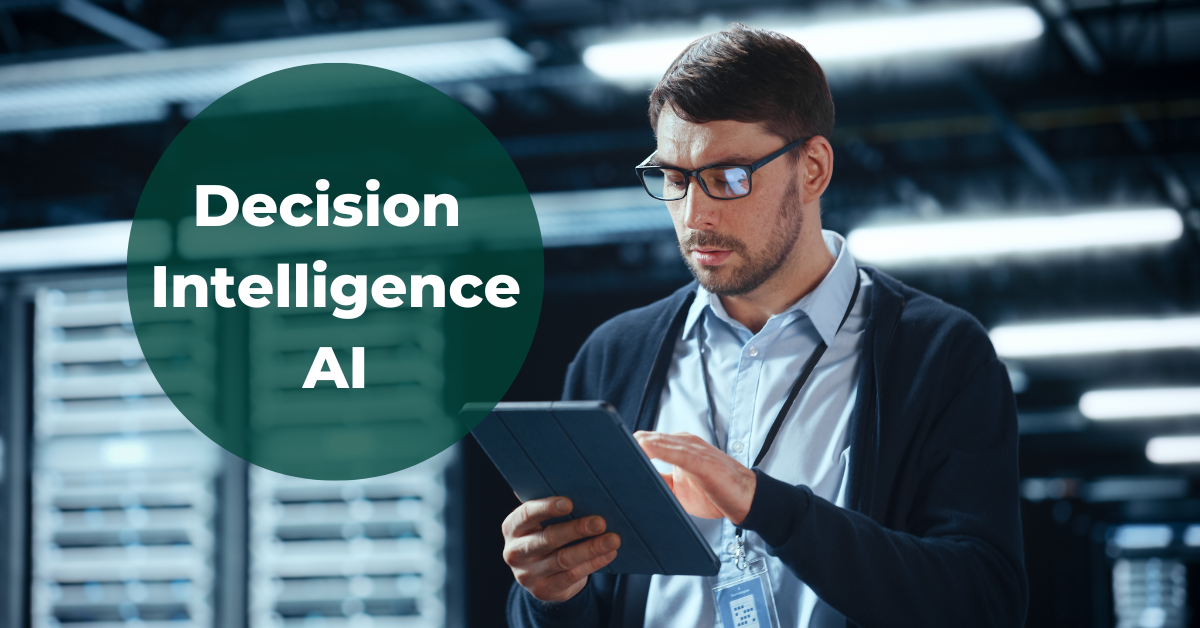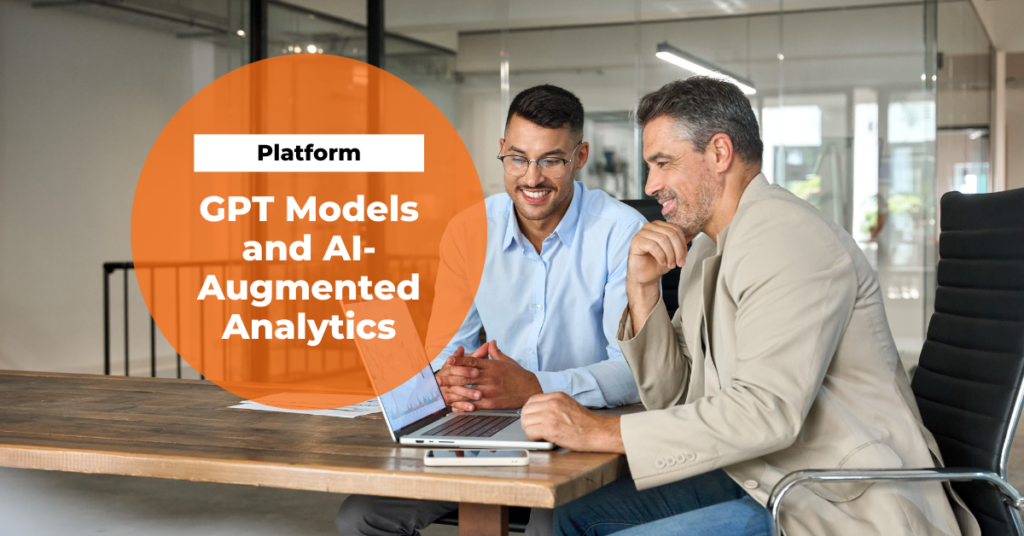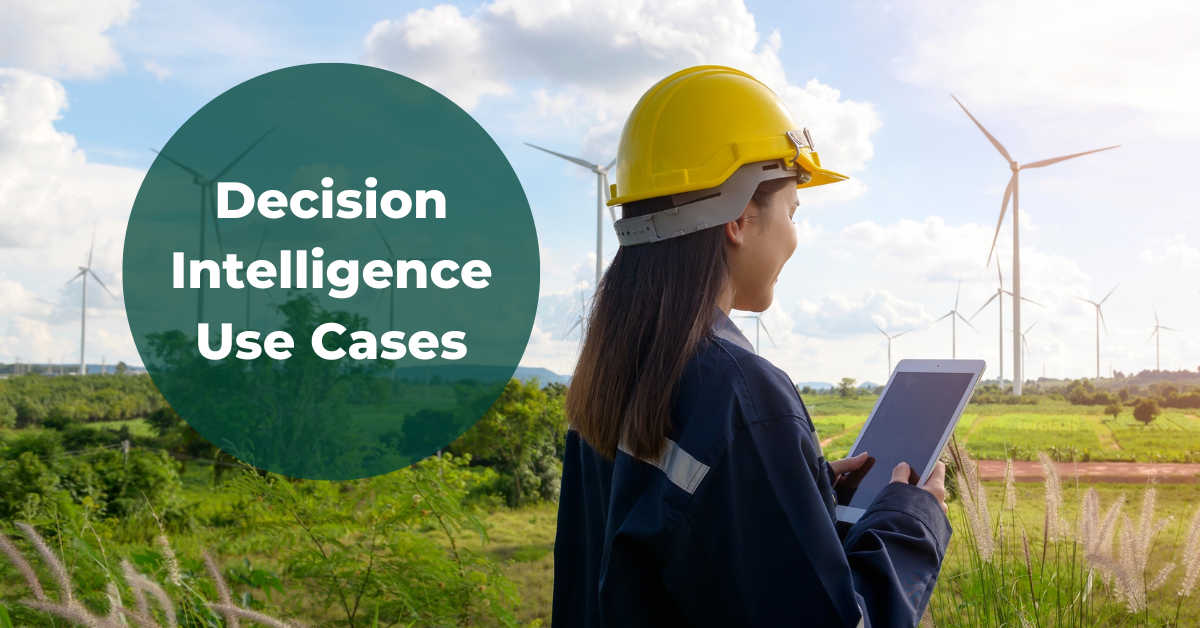
In the realm of data analytics, GPT (Generative Pre-trained Transformer) models, led by OpenAI’s renowned GPT-3, once held the spotlight for their impressive language generation capabilities. These models fascinated businesses with their ability to generate human-like text, comprehend context, and answer questions coherently. Envisioning a future where GPT models could be the ultimate analytics solution, organizations were eager to embrace this revolutionary technology.
However, as businesses delved deeper into analytics, they encountered significant challenges with relying solely on GPT models. While proficient at language generation, GPT models struggled to grasp the intricate contexts of complex analytics queries. The domain-specific knowledge and nuances demanded more than linguistic capabilities, hindering their ability to derive actionable insights from data.
Challenges with GPT Models in Analytics:
- Limited Interactive Data Exploration: GPT models functioned as one-way transformers, lacking interactive data exploration and visualization support. Analytics required dynamic interactions with data, visualizations, and data manipulation for informed decision-making, a capability beyond GPT’s text-based outputs.
- Scalability and Latency Concerns: With large datasets and real-time data processing, GPT models’ computational intensity and response times proved challenging for high-throughput analytics tasks, limiting their efficiency.
- Lack of Explainability and Interpretability: Transparent and understandable results were crucial for analytics decision-making. GPT models’ black-box nature made it difficult to comprehend their decision-making process, impeding their adoption in critical scenarios.
The Need for a Holistic Approach:
Organizations soon realized that a holistic approach to analytics was essential. A comprehensive solution that combined the strengths of GPT models with other AI techniques like machine learning and NLP, alongside domain-specific expertise and human intelligence, became the goal.
Introducing ConverSight
Enter ConverSight, an AI-augmented analytics platform designed to bridge the gap between AI and human intelligence. ConverSight aims to provide an interactive analytics experience, allowing users to explore data, ask questions, and receive intelligent responses that surpass simple language generation. The platform empowers users with granular insights, supporting decision-making at the most detailed level.
The Power of Collaboration
ConverSight’s key differentiator lays in its collaboration-centric approach. Stakeholders, including data scientists, analysts, and business executives, can interact with the platform, ask questions, and provide additional context. This collaborative environment ensures comprehensive, well-informed, and accurate decision-making.
Flexibility and Adaptability:
ConverSight’s flexibility makes it an invaluable asset for organizations of all sizes and technological backgrounds. It seamlessly integrates with existing data lakes and data science teams, allowing organizations to leverage their current resources efficiently.
Embracing the Future of Analytics
With the emergence of ConverSight, a new era in data analytics began. Organizations realized that while AI intelligence was impressive, it could not stand alone in the complex analytics world. The true power of analytics came from the fusion of AI technologies with domain-specific expertise, data preprocessing, and collaborative tools. Equipped with ConverSight, businesses ventured confidently into the world of analytics, prepared to make data-driven decisions that would shape their success and innovation for years to come.
While GPT models initially captured the spotlight in data analytics, their limitations prompted the need for a more comprehensive approach. ConverSight’s AI-augmented analytics platform emerged as the solution, bridging the gap between GPT models and human intelligence. By embracing collaboration, flexibility, and domain-specific expertise, ConverSight empowers organizations to derive actionable insights, make informed decisions, and drive innovation in the dynamic realm of data analytics.
Bridge the gap between GPT models and human expertise for smarter insights and better decisions. Book your demo today!


